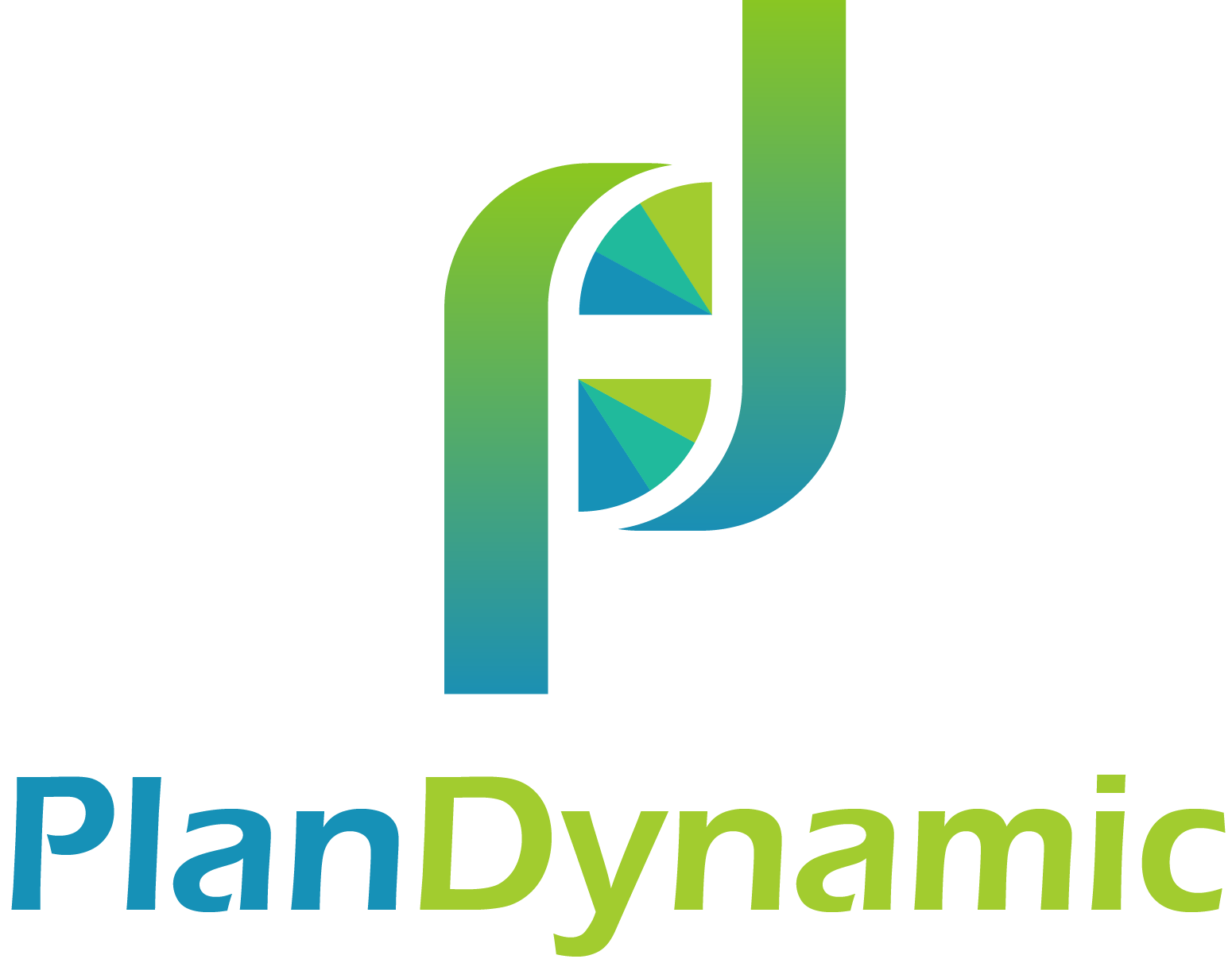Mastering the College Admissions Process
Navigating the college admissions process can be a complex and stressful experience for both students and parents.
Understanding nuances of early action and early decision, exploring merit-based aid, and utilizing 529 plans and loans effectively can impact this journey. Here’s a guide to help clarify these crucial financial aspects.
Early Action vs. Early Decision
When it comes to college applications, Early Action (EA) and Early Decision (ED) are two options usually due November 1st, but they have distinct differences.
Early Action (EA) allows students to apply earlier than the regular deadline and receive a decision sooner, but they do not have to commit immediately. This means students can apply to multiple schools under EA and weigh their options.
Early Decision (ED) is a binding commitment as students agree to attend that college if admitted. Applying ED can enhance acceptance chances because admissions committees view ED applicants as highly motivated. However, it is crucial to request any needed merit aid in the application process, as later requests of needing aid to attend can jeopardize the acceptance.
Focus on Merit-Based Aid
Merit-based aid is financial assistance awarded based on a student’s academic, athletic, or artistic achievements rather than financial need. To maximize merit-based aid:
Take The Road Less Traveled: The “trophy schools” aren’t giving a lot of merit, because they receive many applications and don't need to incentivize top students. Therefore, look for niche colleges and/or programs in big schools that excite your student and align to their strengths.
Build Student/Recruiter Relationships: Merit is a relationship business, where personal interactions influence rewards. Encourage students to proactively connect with local recruiters and express their interest in specific programs. Ongoing communication leads to sharing campus visit plans, allowing the recruiter to set up meetings with professor(s) and admissions. Upon applying EA or ED, your student shares with the recruiter and admissions personnel their enthusiasm, application, and calculation of merit needed to attend. Now admissions has a personality with a name and need, plus the local recruiter is making your student’s case.
Students must lead these communications, as recruiters are turned off when parents are writing, editing, and/or speaking for the student.
Using 529 Funds
Contributions to a 529 plan grow tax-free, and withdrawals for qualified education expenses are tax-free. To use funds from a 529 plan effectively:
Adjust Investment Strategies: If your child is only a couple of years from starting college, then shift a portion of future expenditures into more stable investments, such as bond funds or money markets, to help minimize future volatility and potential losses.
Qualified Expenses: Ensure that withdrawals are used for qualified expenses like tuition, fees, books, and room and board. Using funds for non-qualified expenses can result in penalties and taxation at the parent's AGI rate.
Exploring Loan Options
Understanding the different types of loans can help in managing student debt:
Federal Student Loans: Typically offer lower interest rates and more flexible repayment terms compared to private loans. They include Direct Subsidized Loans, where the government covers interest while the student is in school, and Direct Unsubsidized Loans, where interest accrues immediately.
Parent PLUS Loans: These are federal loans parents can take out. They have a fixed interest rate and offer flexible repayment terms but place the financial burden on parents.
Private Loans: Offered by banks or private lenders, have higher interest rates and fewer repayment protections than federal loans, so they should be the last resort.
In conclusion, informed parents and proactive students can achieve better financial outcomes and a smoother transition to college life. To learn more, talk with your Certified Financial Planner.
The opinions voiced in this material are for general information only and are not intended to provide specific advice or recommendations for any individual.
Glenn Brown is a Holliston resident and owner of PlanDynamic, LLC, www.PlanDynamic.com. Glenn is a fee-only Certified Financial Planner™ helping motivated people take control of their planning and investing, so they can balance kids, aging parents and financial independence.
The original article appeared in the September editions of Local Town Pages for Holliston, Natick, Ashland, Franklin, Hopedale, Medway/Mills, Bellingham, and Norfolk/Wrentham. Additionally in 1st weekly edition of Community Advocate for Shrewsbury, Westborough, Northborough, Southborough, Grafton, Marlborough, and Hudson.
Please call me at (508) 834-7733 or directly schedule a meeting to learn more about considerations for planning and investing so you can balance kids, aging parents and your financial independence.
PlanDynamic, LLC is a registered investment advisor. This article is intended to provide general information. It is not intended to offer or deliver investment advice in any way. Information regarding investment services are provided solely to gain a better understanding of the subject or the article. Different types of investments involve varying degrees of risk. Therefore, it should not be assumed that future performance of any specific investment or investment strategy will be profitable.
Market data and other cited or linked-to content in this article is based on generally-available information and is believed to be reliable. PlanDynamic, LLC does not guarantee the performance of any investment or the accuracy of the information contained in this article. PlanDynamic, LLC will provide all prospective clients with a copy of PlanDynamic, LLC’s Form ADV2A and applicable Form ADV 2Bs. You may obtain a copy of these disclosures on the SEC website at http://adviserinfo.sec.gov or you may Contact Us to request a free copy via .pdf or hardcopy.
